AEC THRIVE Speakers
Jennifer Acevedo on high-impact AEC BD strategies powered by storytelling, technology, and data
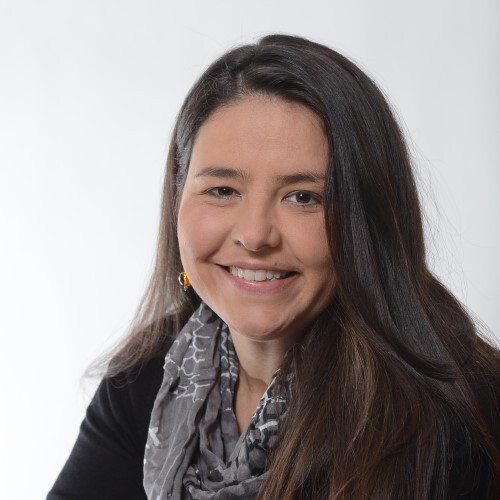
Jennifer is a 25-year-veteran content strategist who has researched, spoken about and written extensively on the strategy, experiential design and marketing. A lifelong learner, Jennifer harnesses the power of storytelling and her innate curiosity to create future-forward, purposeful and compelling brand communications. It’s this passion for storytelling that Jennifer applies across key audiences to communicate the NELSON purpose, brand’s voice, vision and positioning as well as to disseminate focused insights that will inform innovative and disruptive design solutions..
Ellen Bensky on embedding operational teams at the center of AEC firm performance
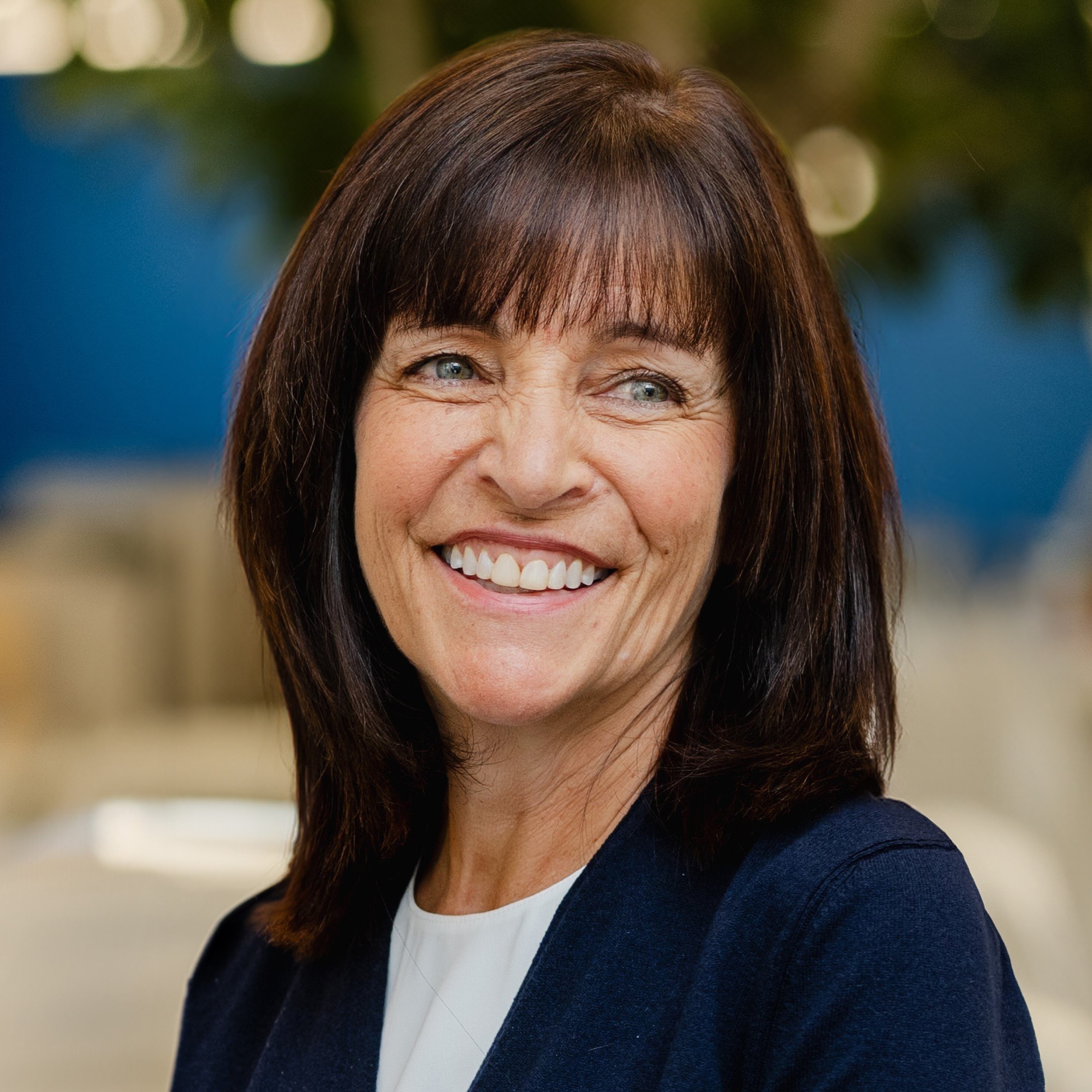
As CEO and Partner of Turner Fleischer, Ellen’s mission is to build and lead a dynamic, results-oriented organization dedicated to client satisfaction and growth. While her accomplished peers inspire and oversee the creative output of the firm, she focuses her executive skills on ensuring the internal engine is running smoothly. The process of successfully leveraging business and architecture is what drives her passion for operational excellence. Ellen joined the firm in 1990, rising to her current role in 2008. She is especially proud of the TF Academy which aims to nurture the firm’s large cohort of young, enthusiastic talent into tomorrow’s industry leaders. TF’s longstanding commitment to generously giving back to the community is another key priority. Her present emphasis is to spearhead the firm’s commitment to be the Canadian leader in Building Information Modeling (BIM), an effort recognized by her recent distinction of being CanBIM’s 2017 Professional Achievement Award winner.
Brian Burnett on filling your firm's next-gen leadership void
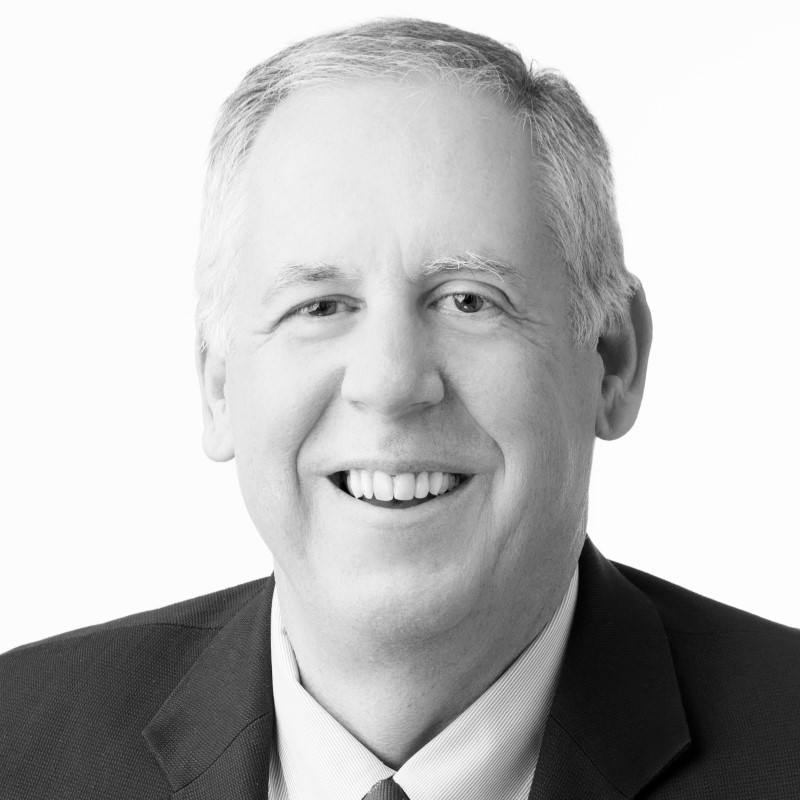
Co-presenting with Jonathan Wilson, PSMJ Resources
Brian Burnett, P.E., F.ASCE, helps leaders understand and implement best practices for internal leadership and ownership transitions.
As his former company’s senior leader, Brian was responsible for business development, strategic planning, leadership development, and internal transitions for various corporate leader positions. This broad‐based knowledge of design firms’ cultures and operations provides Brian the necessary insight to assist leaders at engineering and architectural firms in integrating the various components of strategic planning and leadership development into a successful internal ownership transition.
Brian helped lead his former firm through four major transitions: in 1985, Brian became a partner and Vice President when the founder of the company retired; in 1997, Brian became President; in 2003, Brian became the President/CEO upon the retirement of a 40-year corporate leader; and from 2013 to 2017, Brian helped the company replace and transition nine major leadership positions, including his CEO position. Overseeing this final transition required extensive planning and leadership development over an eight-year period prior to his retirement.
Brian holds the Harrison Assessments Debriefing/Coaching and Employee Development accreditations. With these accreditations, Brian has demonstrated a competency in delivering high-quality debriefing and coaching to individuals using Harrison Assessments reports. His debriefing sessions create an opportunity for a person taking the assessment to explore their strengths and weaknesses, important traits for their job position, and areas of improvement for their development. Brian can als
David Burstein on the latest AEC market shifts
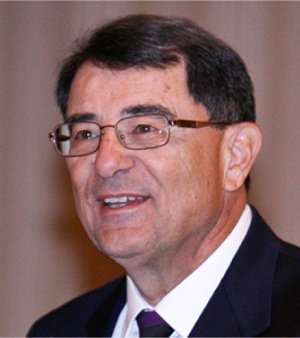
Dave Burstein, P.E., is a Director and Senior Consultant with PSMJ. He provides consulting and training on a wide range of management and leadership topics. Prior to joining PSMJ, Dave worked for 26 years at Parsons Corporation, one of the world’s largest and most respected engineering-construction firms. During his tenure at Parsons, Dave held a variety of positions, including President of Parsons’ 1,600-person environmental subsidiary and President of Parsons’ 120-person planning subsidiary.
While serving as President of two subsidiaries of Parsons Corporation, Dave participated in several major strategic planning efforts. Since joining PSMJ, he has facilitated strategic planning retreats for over 100 AEC firms ranging in size from fewer than 10 employees to more than 1,000 employees. Reflecting on this experience, he co-authored Strategic Planning: Preparing Your Firm for Success in the Future, first published in 2004 with a second edition published in 2009.

Andrew Busch is the former 1st Chief Market Intelligence Officer for the US government and economic futurist. For the CFTC, he was charged with improving and enhancing the government’s understanding of the markets and the economy. His job was to take all the news, information and data on the economy and markets; and filter it into condensed, easily understood research; then communicate it to the government and public.
Andy provided economic and market briefings to White House, US House, US Senate, the SEC, the Federal Reserve Board and the US Treasury staff on a wide range of issues including interest rates, inflation, China’s influence on trade, and the impact of technology on the economy.
Prior to joining the CFTC, Mr. Busch was CEO and founder of a boutique financial markets and policy research firm, Bering Productions, Inc (BPI). Before BPI, he was the Global Currency and Public Policy Strategist for Bank of Montreal (BMO) in Chicago. He is author of the book “World Event Trading” covering large crises, like infectious disease outbreaks and war, and their impact on the economy and markets.
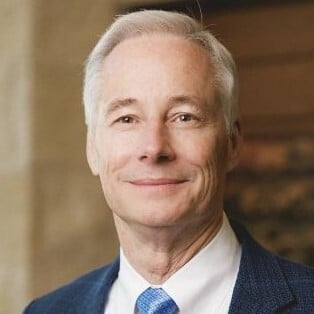
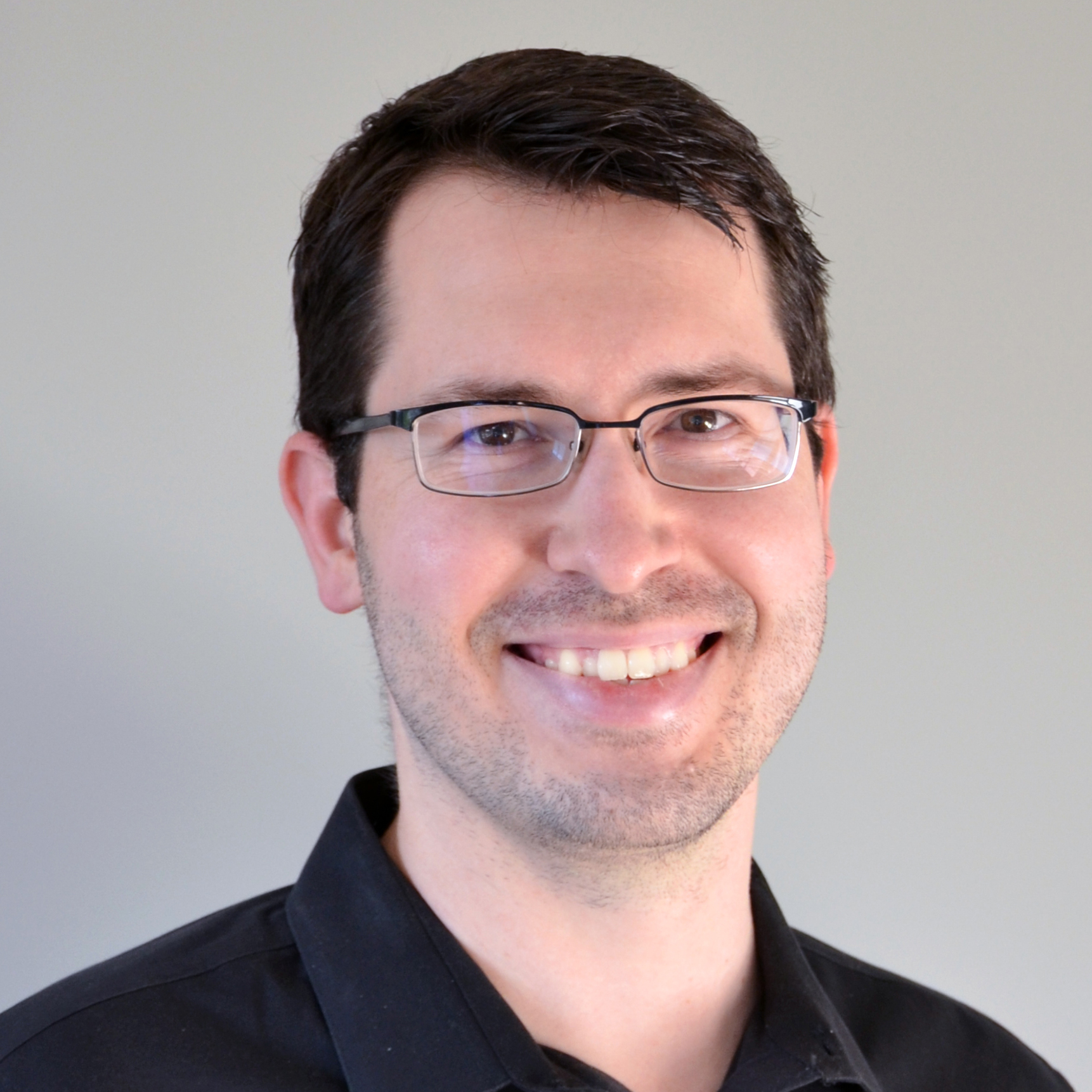
Will Foret is the Founder and CEO of Spot Migration, a managed IT and cybersecurity partner purpose-built for growing Architecture, Engineering, and Construction firms. With a background supporting enterprise giants like Walgreens, the FDIC, and Citadel, Will brings Fortune 100-level tech strategy to companies that can’t afford to be slowed down by IT.He also serves on the advisory board of The 20, a disruptive business development co-op for IT leaders nationwide. Will is known for his practical, people-first leadership and quotable maxims like “Trust but verify” and “Be prepared.”
Tim Griffin on winning better AEC work in project interviews
Senior Consultant, PSMJ Resources
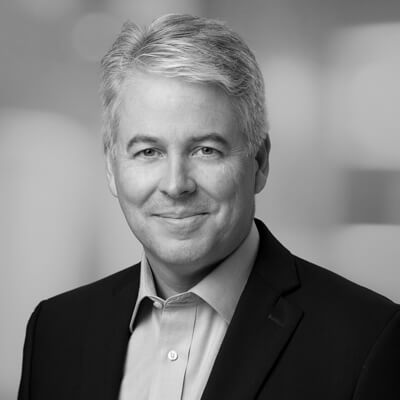
Senior Consultant, PSMJ Resources
Tim Griffin, P.E., has published numerous management articles and trained thousands of design firm principals across North America in best business practices. He also authored the best-selling book Winning With Millennials: Attracting, Retaining, and Empowering the Next Generation of Design Firm Professionals.
He currently serves as Principal-in-Charge at RMF Engineering, an engineering consulting firm with international projects. Tim is responsible for offices in Raleigh and Charlotte, NC, and Atlanta, GA, and has also served on RMF’s Board of Directors for 12 years.
Tim’s philosophy, which has developed over more than 30 years, is that everything rises and falls with leadership and that leadership is both accountable and responsible for a firm’s highs and lows. Tim has led RMF’s leadership development university for six years, where he has trained mid-level leaders to understand the business side of leadership.
He is also experienced at helping firms develop their own in-house leadership universities, and he gives keynote presentations on millennials nationally and internationally.
Bill Harbeson on AEC tax incentives in the Big Beautiful Bill
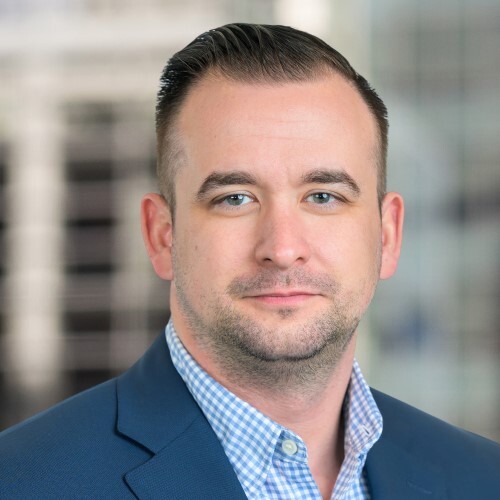
If there’s one thing Bill Harbeson knows, it’s construction. He started by installing HVAC after high school, spent years in construction management, and smoothly transitioned to tax consulting with a construction focus. Bill attributes part of his success to the sheer volume of Energy Studies he’s overseen in the last decade – he’s seen every scenario, addressed every nuance, and left no dollar behind. But more than that, Bill believes in a client-centric approach, striving to create the positive service experiences that taxpayers – and tax professionals — deserve.
Lucas Hayden on how AI is changing the way AEC firms win work
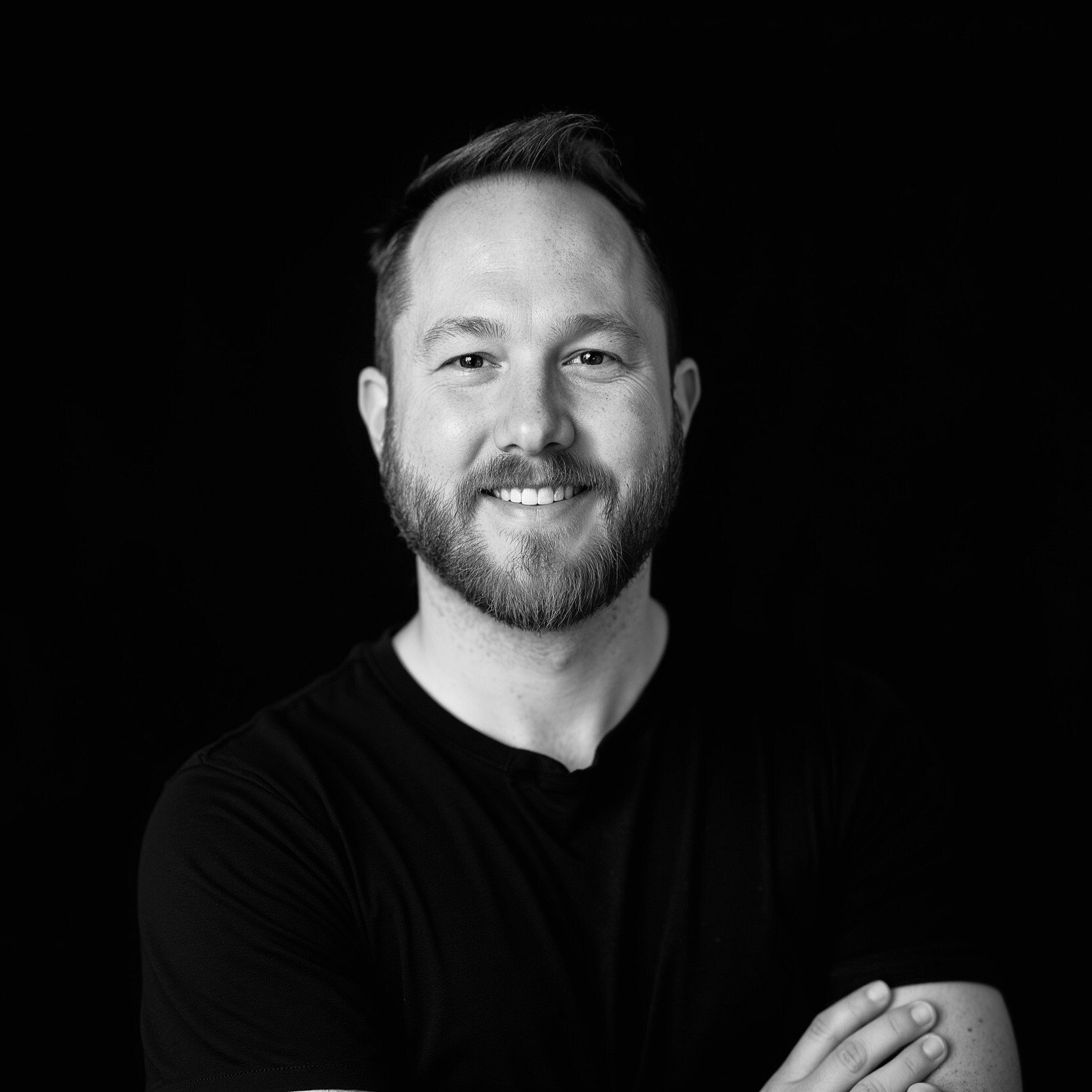
As Senior Director of Product Marketing, Lucas leads go-to-market strategy for Unanet’s AEC solutions—shaping messaging, influencing product direction, and connecting with what AEC firms truly need.
His perspective is shaped by more than 15 years working directly with architecture, engineering, and construction firms. And that hands-on experience helps him bridge the gap between product and the people who use it.
Bill Hinsley on how smart AEC firms are re-thinking the project management playbook

With PSMJ, Bill Hinsley has trained thousands of AEC professionals across the globe.
Bill formerly served as a Senior Management Analyst for two governors’ commissions and the Associate Vice President of renowned international firms ARCADIS and Atkins, where he spearheaded projects from $1 million to $11 billion.
He has had success in many different areas, including business development, leadership training, branch office optimization, and strategic planning and growth.
He is experienced in the coordination and direct opening of multiple regional offices, the M&A of branch offices, and decision-making in determining the future success of a branch office. Bill had the unique experience of opening a branch office on his own at just 29 years old.
At his own branch office, Bill attracted more than $200 million of work. He knows what is required to make a successful transition to a new market or geographical area. At his branch office, he led marketing success through a decentralized “inform and empower” model, instructed hundreds of practitioners on how to leverage others’ overall marketing philosophy to achieve success in the competitive AEC marketplace. and used innovative business development strategies as an instrument to break into new services and attract new clients.
As a National Director, Bill pioneered a successful $30 million business development plan. With this multi-million dollar strategy, Bill took risks—breaking into new services and attracting new clients—and as the client development lead on the project, the buck (all $30 million of it) proverbially and literally stopped with him.
With extensive project management experience in the planning, engineering, procurement, and management of large civil works projects, Bill has served as Senior Project Manager, Principal PM, and Principal-in-Charge.
Bill truly believes that project management is where ultimate success is generated, and he has become one of PSMJ’s most popular Project Management instructors. Bill has trained more than 5,000 PMs and Principals in Project Management Bootcamps across the globe, conducted dozens of in-house bootcamps for AEC firms that desire more customization and specialization in their training, and developed tailored PM training models for each client from two-day bootcamps to four-hour training sessions and one-hour webinars.
Jeff Hirst on AEC risk management in the age of AI
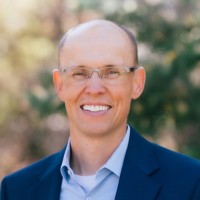
eff advises and assists professional organizations in mitigating and managing professional and business risk. His goal is to help clients reduce their overall cost of risk and improve company performance. He accomplishes this by providing tools and resources needed to reduce, transfer and prevent loss. The same process concurrently helps performance and profitability.
Jeff serves on the Board of Directors for the Professional Liability Agents Network (PLAN), a North American network of insurance professionals who specialize in serving the design community. The network has representative in every US state and Canadian province. Jeff services as a President of PLAN from 2012-2013.
Jeff is often called upon to speak for professional associations and societies on topics related to professional liability and risk management. The associations and societies include: the American Institute of Architects Utah, the American Council of Engineering Companies Utah, Utah Chapters of the American Society of Civil Engineers, the Utah Council of Land Surveyors and the Utah Association of Public Charter Schools.
Wally Hise, PE, CPSM on finding your firm's next-gen BD leaders
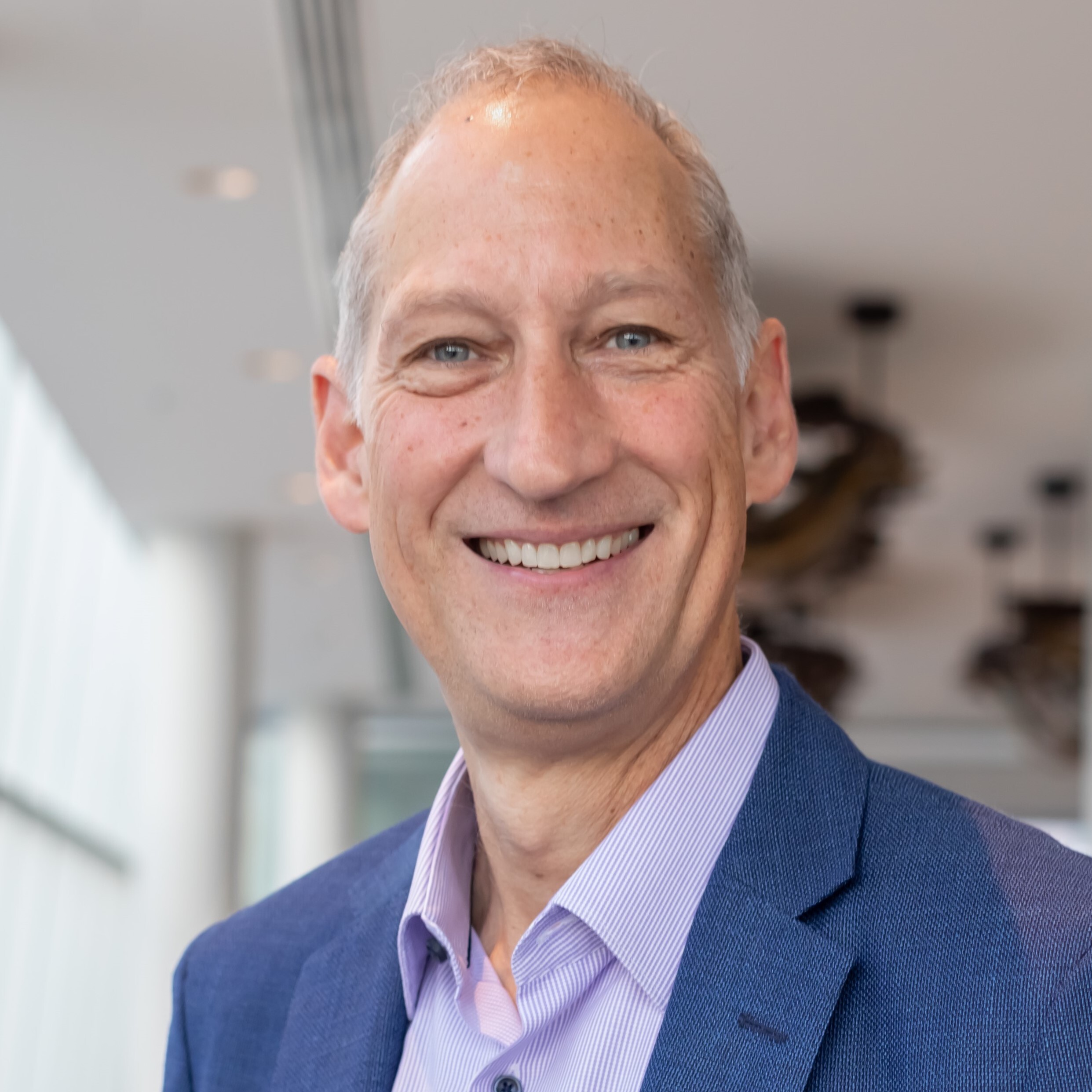
Wally is a BD expert who currently leads business development, major pursuits, and proposals for HDR’s Federal program. His career spans nearly 40 years in technical, operations, and marketing positions with small to very large firms. Wally combines his experience in management, leadership, and training to develop and share creative approaches while advancing the business development practice in the AEC industry.
Jared Jamison on turning your AEC firm's value proposition
into a growth driver
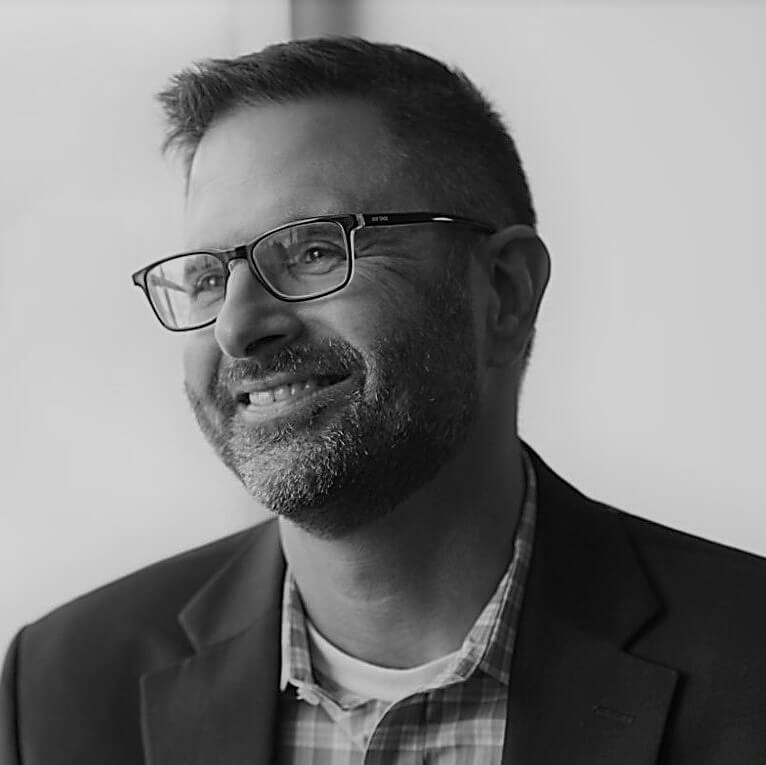
into a growth driver
into a growth driver
After a successful career of over 20 years with AEC firms, Jared Jamison, P.E., shifted gears to pursue his passion for helping other firms succeed through consulting and teaching. Jared is an accomplished engineering executive with extensive experience in engineering management, operations, financial management, and business strategy.
Jared spent most of his career at Hankins and Anderson, a full-service AE firm of approximately 200 people that specialized in federal building design. Jared served as a Senior Vice President and Director of Operations where he was responsible for overseeing and directing the operations of the firm. He was heavily involved with strategy, management, and finance and was also responsible for developing and implementing the firm’s strategic management system and improving its quality management system.
After Hankins and Anderson was acquired by Mason & Hanger, Jared was responsible for leading the integration of the two firms’ operations and was responsible for developing and monitoring Mason & Hanger’s strategic plan. He also served as Mason & Hanger’s Vice President of Operations. Jared also served as a Department Head, Chief Structural Engineer, and Senior Structural Engineer at Hankins and Anderson.
Rashod Johnson on finding a leadership style that works for the long haul
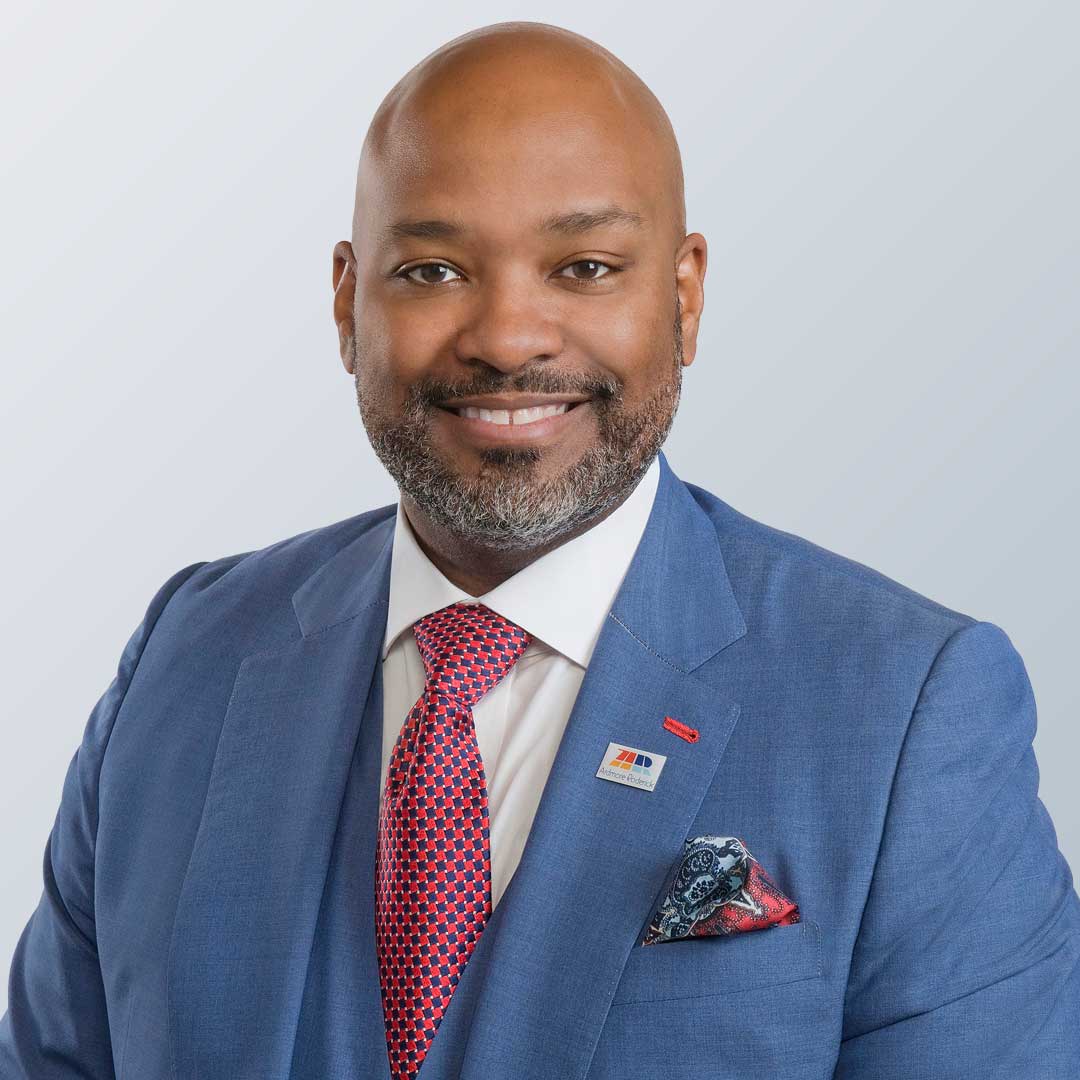
Almost 20 years ago, Rashod Johnson, PE, set out to build a successful infrastructure engineering firm. Starting with a few industry contacts he grew Ardmore Roderick into a $200MM+ firm that is now one of the best and most respected infrastructure firms in the US.
Ardmore Roderick has risen from a local leader to a multistate, multimillion-dollar powerhouse. The company’s Strategic Planning Committee has enacted aggressive plans for expansion through organic growth, strategic partnership and M&A.
In 2024, Ardmore Roderick was listed as the 21st largest Program Management firm in the US by ENR. Ardmore Roderick’s key services are planning, design, procurement, construction, and project/program management for public and private infrastructure clients, including transportation, facilities, utilities, rail and aviation. As Program Managers, its currently overseeing $30B+ in construction across the US.
Brian Kirkpatrick on AEC growth through acquisition
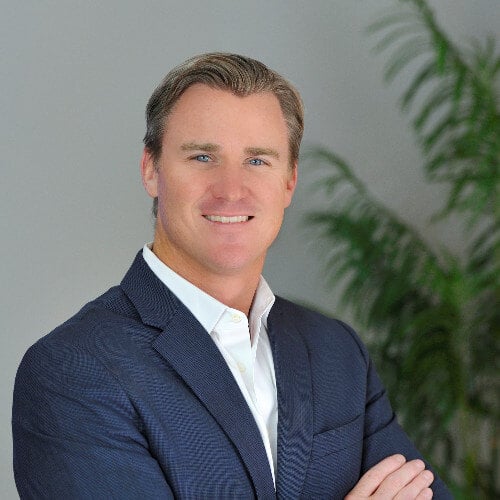
Brian Kirkpatrick is an Operating Executive Partner with Palm Beach Capital, supporting PBC across the AEC & Infrastructure sectors. He currently serves on the boards of PBC portfolio companies Pape-Dawson Engineers and United Design Group - MBI Companies. Collectively, the partners at Palm Beach Capital have grown several large engineering consulting practices across the United States, including Pape-Dawson Engineers, Earth systems, MBI Companies, and Universal Engineering Sciences (UES), the fastest growing engineering firm in 2020, 2021, 2022 and 2023.
Warren Ladbrook, P.E., on slashing red tape to deliver projects more profitably
Senior Consultant, PSMJ Resources
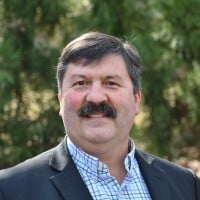
Senior Consultant, PSMJ Resources
Warren Ladbrook, P.E., LEED AP, introduces himself as a reformed engineer. Warren has purposefully built up broad experience in business cases, planning, surveying, engineering, construction, project delivery, program management, and business operations. He has 35+ years of international industry experience in a progressive range of different roles.
Warren presently leads the Project Management transformation at WithersRavenel, a growing mid-sized consultancy. In this role, he leads the development of policies & procedures, software tools & dashboards, quality assurance & quality control, KPI reporting & compliance monitoring, plus ongoing training for a large number of assistant project managers, project managers, senior project managers, project coordinators, directors, and more.
He has worked as a sole proprietor on small engineering projects, for a variety of different-sized firms on mid-size projects, and up to a large multinational AEC company where Warren directed large international infrastructure projects. He is astute in the diplomacy required in challenging situations and has extensive experience in the resolution of different stakeholder objectives. While Warren has led many teams into many remote and challenging locations, he is accustomed to providing calm leadership within dynamic situations. He exudes confidence and leadership built on proven success and a steadfast commitment to continuous improvement.
Warren is a Professional Engineer in six US states. He is also an International PE, APEC Engineer, LEED-AP ND, PMP, Chartered Professional Engineer in New Zealand, and Fellow of Engineering NZ.
Eric Liou on the biggest AI mistakes AEC executives make

Eric Liou is Chief Product Officer OpenAsset, the leading Digital Asset Management (DAM) solution for the AEC industry. Eric brings a wealth of experience from his previous role as VP of Product at Arthur AI, where he was instrumental in driving innovative AI solutions and product growth.
Eric leads OpenAsset’s product strategy and development, focusing on leveraging technology and AI to deliver cutting-edge solutions that empower AEC professionals.
Jenifer Navard on leading your AEC frim through unexpected change
Senior Consultant, PSMJ Resources
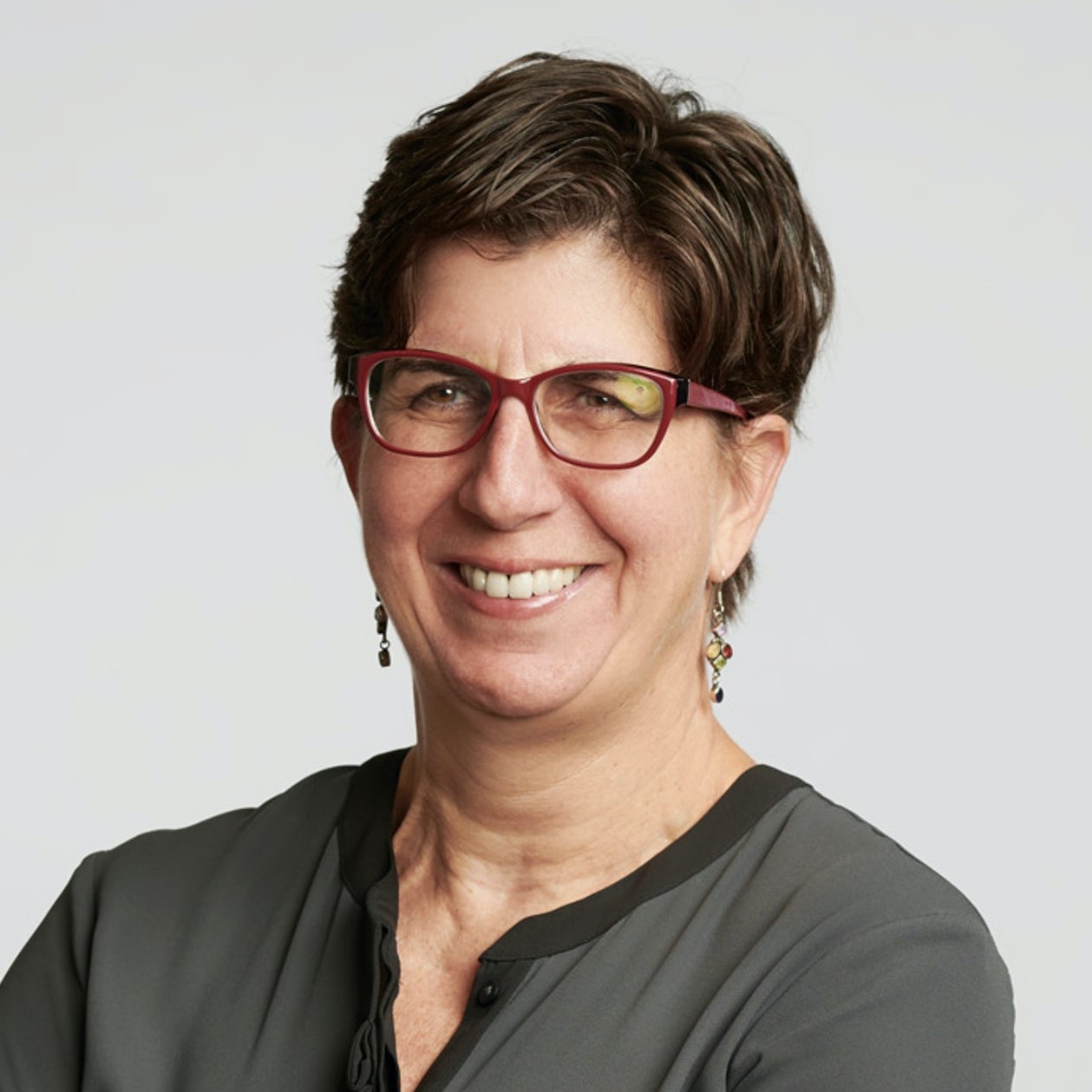
Senior Consultant, PSMJ Resources
Jenifer Navard brings over 25 years of experience in business and financial management. Her experience ranges from auditing with one of the top 5 public accounting firms to financial accounting and management of mid-sized companies in a diverse range of industries. This background has provided Jenifer with a broad set of skills to draw from in managing a growing AEC firm.
Jenifer is a Principal and Director of Finance with nationally recognized design firm EskewDumezRipple. In this capacity, she works closely with the firm’s partners to ensure adherence to both the design and business values within each project. In addition, she maintains an active role assisting each Project Manager in tracking their individual project performance targets.
Juston Neagle on how AEC leaders leverage IT strategies at high-performance firms

Justin Neagle is the Chief Storyteller at Spot Migration, where everything centers around one goal: creating peace of mind by making technology reliable. He helps AEC companies eliminate the chaos of bad IT so they can focus on what they do best — building the future.
As the voice behind Spot’s message and co-host of the Building Scale podcast, Justin uncovers how industry leaders grow by aligning people, process, and technology. The podcast, powered by Spot Migration, spotlights how smart IT strategy fuels business growth in the AEC space.
From startups to large enterprises, Justin has seen firsthand that the difference between constant firefighting and scalable success comes down to having the right structure and mindset. At Spot, he helps bridge that gap for leaders.
Bo Newman on mental frameworks that drive AEC success
Senior Consultant, PSMJ Resources
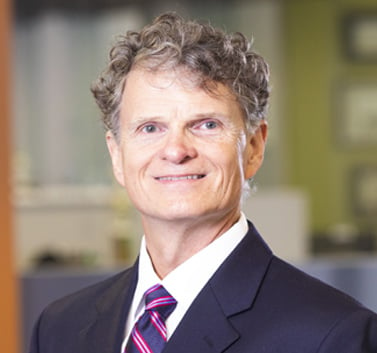
Senior Consultant, PSMJ Resources
Bo Newman, CPA, is the Chief Financial Officer of Cuhaci Peterson, a national architecture and engineering firm. Bo joined the CP team in 2014 and provides leadership in firm strategy, leadership transition, ownership structure, and financial forecasting, while identifying ways to consistently improve financial performance. Also, Bo leads a team of 10 Project Managers who oversee over 1,000 projects a year. Prior to Cuhaci Peterson, Bo spent nearly 25 years in a variety of roles ranging from public accounting to executive leader of AE firms.
Bo has spoken at national conferences on Project Profitability as well as Talent Management and Optimization and is passionate about teaching others the “business side” of the design industry. He works diligently to communicate a vision of excellence and a culture of mentoring.
Christopher Parsons on 5 AEC firms creating value through knowledge management
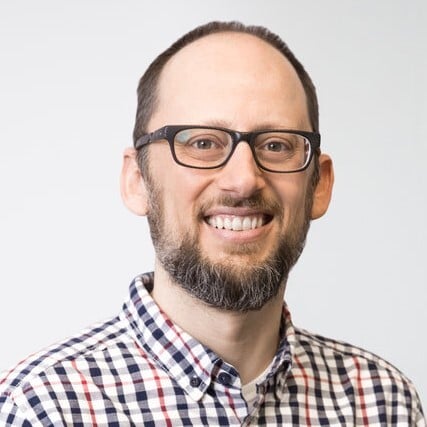
As Founder and CEO of Knowledge Architecture, Christopher is responsible for product development, marketing, and organizational health. He is also the executive producer of KA Connect, our annual knowledge management conference for the AEC Industry. Christopher has been a technology leader in the AEC industry since 2002, including serving as the Chief Information Officer for Steinberg Architects and the Information Technology Director for SMWM (now Perkins+Will).
Paul Prickett on data management in AEC M&A
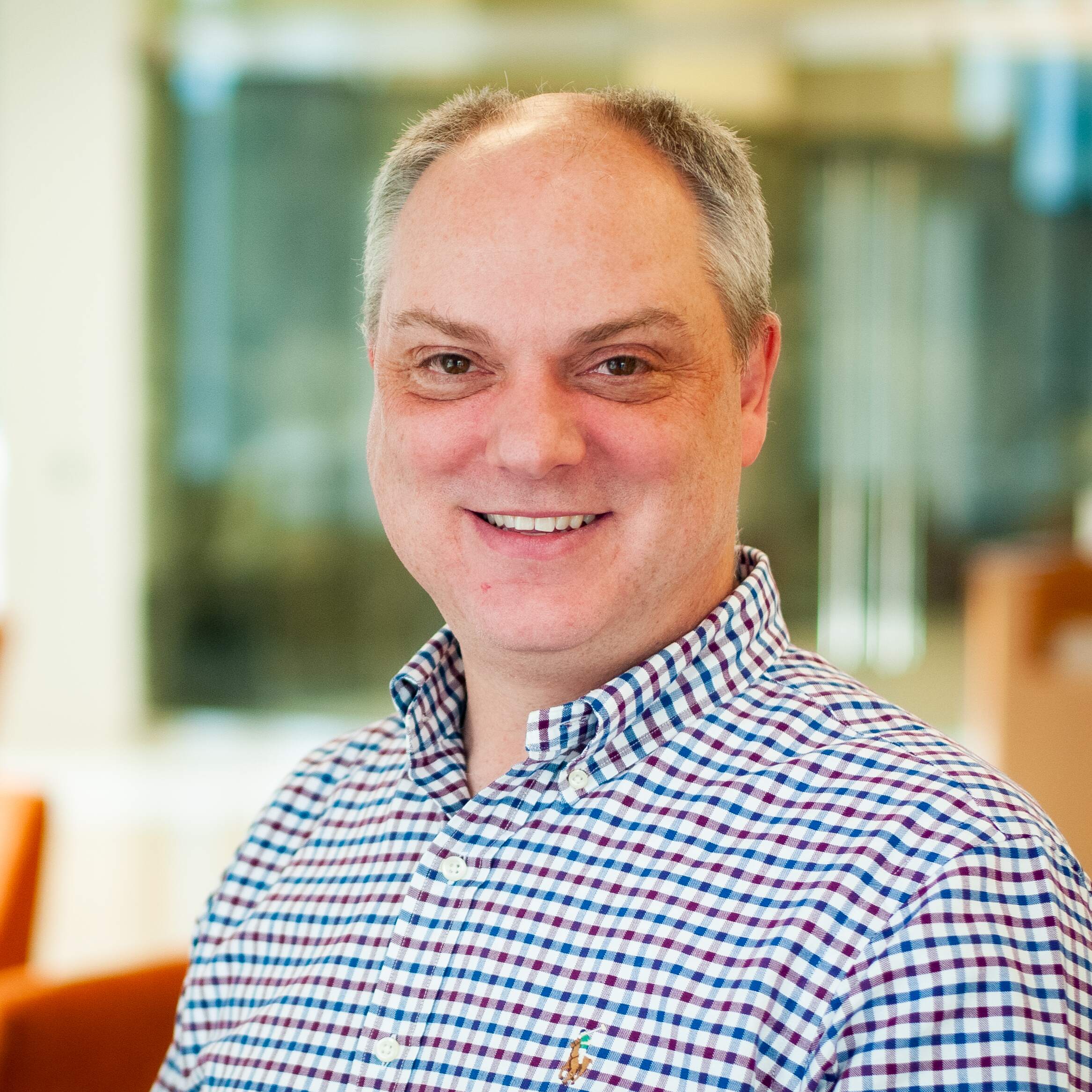
Paul leads a team of sales and consulting professionals focused on delivering industry-leading Deltek solutions, including Vantagepoint, Vision, Ajera, Project Information Management (PIM), Replicon, Deltek Talent Management, and other Deltek legacy software to Architecture, Engineering and Professional Service firms. Paul has more than 25 years of experience in the technology space and a proven track record in managing a VAR business.
Greg Riley on getting the most out your AEC firm's management structure

Greg is an experienced leader passionate about the construction industry and the pursuit of sustained profitable growth while treating people well.
He joined Schaefer after earning his degrees and has held many operational, people management + leadership roles culminating in his current role as president. While he still maintains professional licensure in select states, his responsibilities have transitioned into strategic planning, firm management, leadership development, client relationships + community involvement. He leads or oversees Schaefer’s continuous efforts to nurture culture and successfully compete in an increasingly challenging industry landscape.
He has diverse experience working with boards, both as a firm leader navigating Schaefer’s boards, and as a board member himself for various community organizations. He currently serves as a board member for YMCA of Greater Cincinnati and Allied Construction Industries, a cabinet member for Artswave, an advisory council member for Core Consulting, and a key contributor to the board development task force for Private Directors Association. He recently served on the industry advisory board for University of Cincinnati College of Engineering + Applied Science.
Greg is a lifelong learner, and started his professional journey by earning his Master of Science, Structural Engineering and Bachelor of Science, Civil + Environmental Engineering from University of Cincinnati.
Aya Shlachter on how AI is speeding AEC workflows right now

Aya Shlachter is an entrepreneur and the founder and CEO of MGS Global Group, a company that helps architecture and design firms scale by providing high-quality construction documentation services. She has a Master's in Architecture and Urban Design from Columbia University and a Bachelor's in Architecture from New Jersey Institute of Technology.
Passionate about empowering architects through knowledge and innovation, Aya is the host of two podcasts. "Architect My Business" helps small firms navigate business growth, while "AI for Architects" explores how artificial intelligence is transforming the AEC (Architecture, Engineering, and Construction) industry — offering insights on what AI means for the future of practice and the profession. She also shares a weekly newsletter featuring the latest AI developments, news, and essential insights for architects.
Recognizing the growing impact of AI in architecture, Aya started MGS AI Labs to research AI tools that can streamline an architect's work. The goal is to identify which tools actually deliver results, saving architects time and effort in figuring it out themselves. She is currently writing a whitepaper to share the findings from this ongoing research.
Aya also speaks at industry events, sharing insights on business growth, marketing, and operations to help architects adapt to an evolving profession.
Judy Sparks on BD strategies for today's AEC market
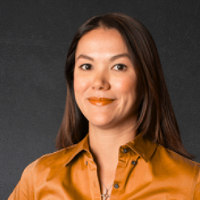
Judy Sparks is the Founder and CEO of Smartegies. With over 30 years of experience in B2B sales and marketing, she partners directly with AEC firm leaders to drive growth through smart branding, targeted strategy, and full-funnel marketing. Known for her candid, no-fluff approach, Judy has helped organizations across North America strengthen their position in competitive markets and win work that moves their business forward.
Before founding Smartegies in 2008, Judy served as Chief Marketing Officer for a global design-build firm, where she managed a $5M marketing budget and helped grow the company from $250M to more than $700M in five years. Today, she brings that same enterprise mindset to mid-sized firms ready to scale. She is also the creator of the Scalable 6™ Framework, a strategic model used to align branding, communications, digital, sales enablement, and ABM to deliver measurable business impact.
A frequent speaker and panelist, Judy has led sessions for national and regional chapters of AIA, ACEC, SMPS, and PSMJ, among others, sharing insights on marketing strategy, business development, and the evolving buyer landscape. She also teaches marketing at Georgia Tech, where she developed the most recent curriculum for the School of Building Construction and has taught within the School of Architecture.
Jonathan Wilson on filling your next-gen leadership void
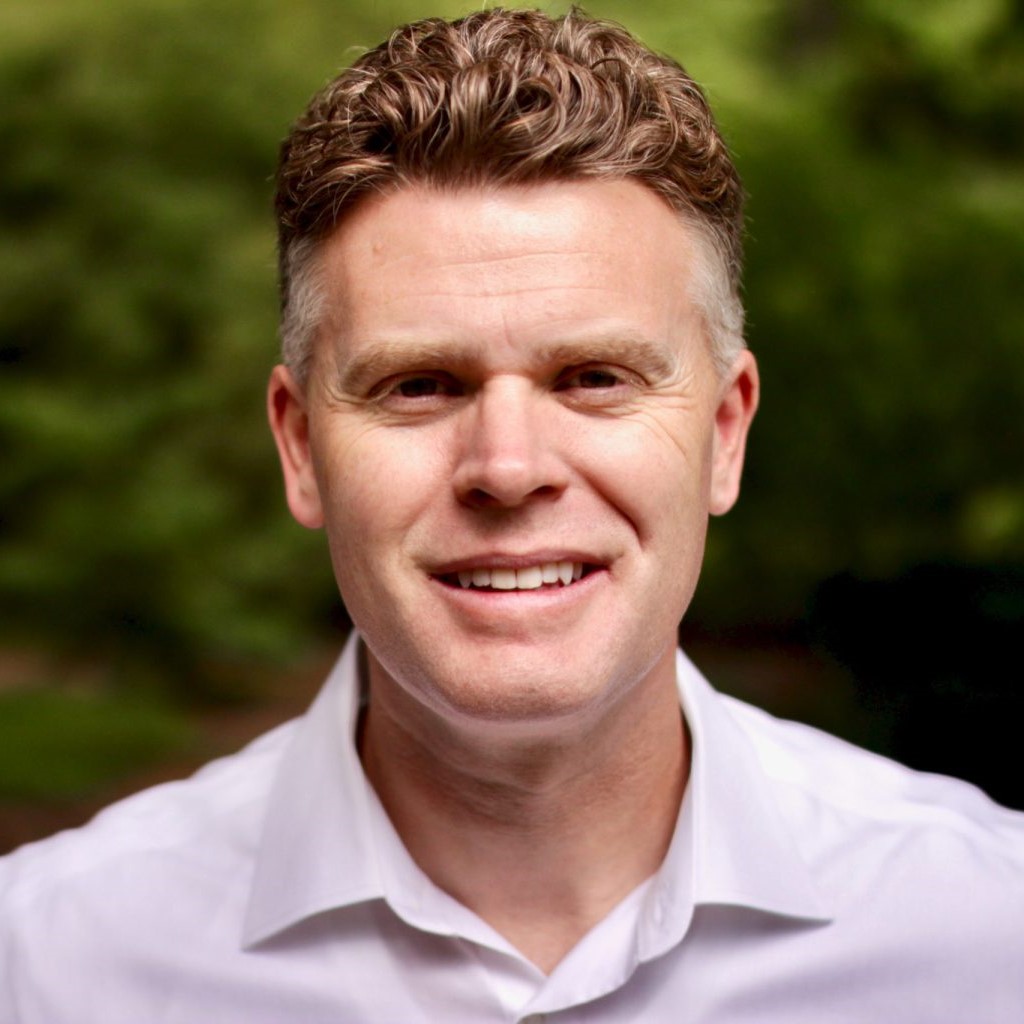
Y
As a coach and instructor with PSMJ, Jonathan Wilson delivers training programs and coaches AE professionals in both the United States and Canada. His work helps AE industry project managers and leaders create more effective, productive, and happy project teams. Jonathan believes better project teams deliver better projects with better financials that earn more client respect.
Jonathan has 17 years of experience managing challenging projects from both sides of the table. As a seasoned aviation professional, Jonathan hired and led numerous architecture, engineering, and construction management project teams to fulfill a multi-million-dollar aviation capital program. First as a client-side project manager and then as a program manager, Jonathan organized and led diverse teams of planning, civil engineering, structural engineering, MEP engineering, architecture, landscape architecture, survey, and construction management professionals on individual projects beyond $10 million.
Jonathan later founded the aviation division inside of KPG, an established 120-person Seattle-based interdisciplinary professional services firm. The goal? Market and cross-sell existing firm services to the aviation industry. Over the years, Jonathan and his project teams completed numerous planning, survey, civil engineering, architecture, and landscape architecture projects for both airport owners and private aviation businesses, including two Fortune 50 companies.
When he is not training AE professionals, Jonathan travels the country inspiring and educating audiences on the art and science of leadership. His presentations focus on how to create a learning culture by embracing the coaching leadership style. He has been invited to speak at several venues in addition to national association events like the Airports Council International and the American Public Works Association.
Karl Wohler on AEC M&A deal structures
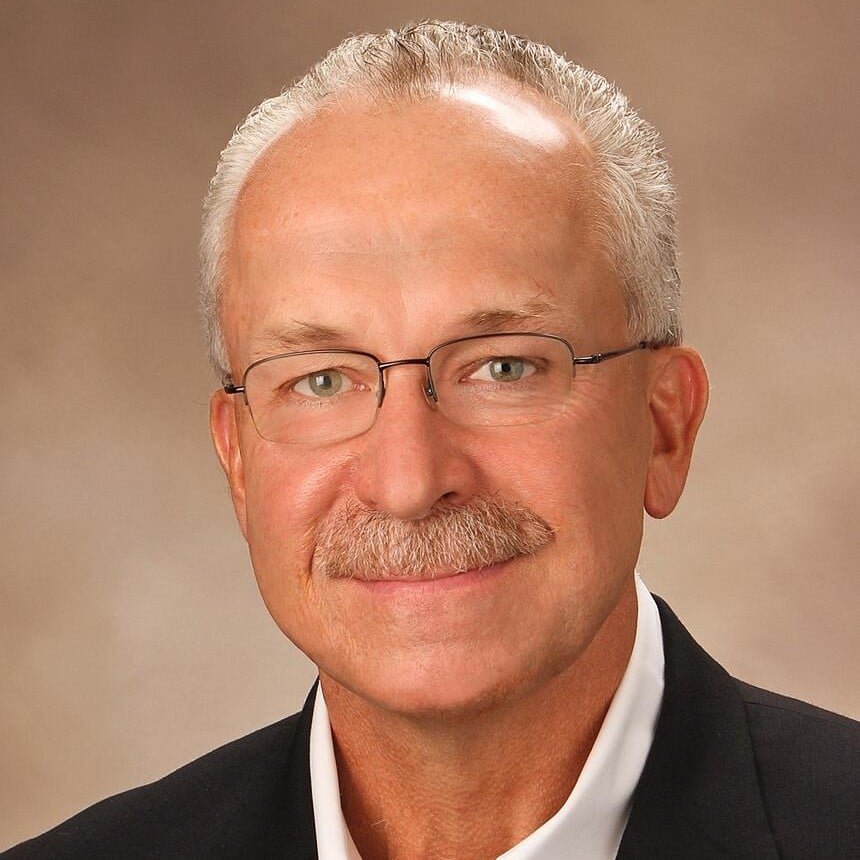
Karl Wohler provides advisory support to the mergers and acquisitions and valuation practices at PSMJ, focusing exclusively on architecture and engineering firms seeking to acquire or be acquired.
His diverse experience in business ownership, operations management, finance, AEC M&A deal structuring, and process management means firm leaders benefit from his unique insights and counsel in developing superior growth, ownership transition, and exit strategies. Karl has planned and managed buy‐side and sell‐side M&A deals ranging in size from $1 million to more than $100 million. Consolidated Engineering Labs, Prime Engineering, Symbiont, PM Environmental, Callaway Architecture, BOK Modern, Chastain Skillman, Callaway Architecture, and LR Nelson Engineering are among the AEC firms that Karl has advised in the M&A process.
Jacob Wood, J.D., on AEC tax incentives in the Big Beautiful Bill
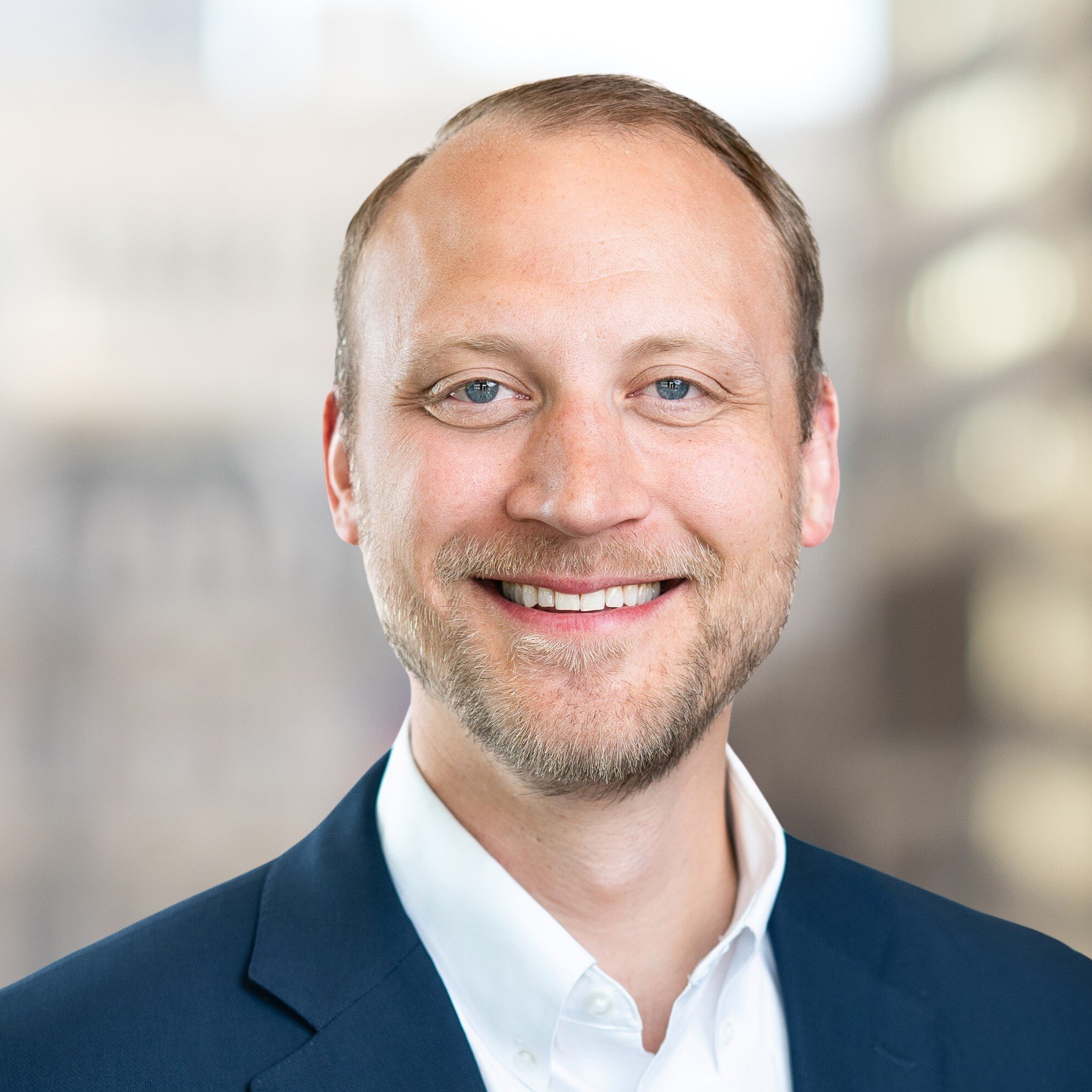
Over the past decade, Jacob has overseen thousands of R&D, Cost Segregation, and 179D Studies resulting in over $800M of tax benefit to clients. He specializes in creating excellent experiences for his clients and their friends, engaging hundreds of clients by direct referral. The majority of Jacob’s clients have also gone on to become multi-year partners. He is a Subject Matter Expert in R&D Tax Credit Law, Canadian SR&ED Credits, and Cost Segregation in the AEC industry.

